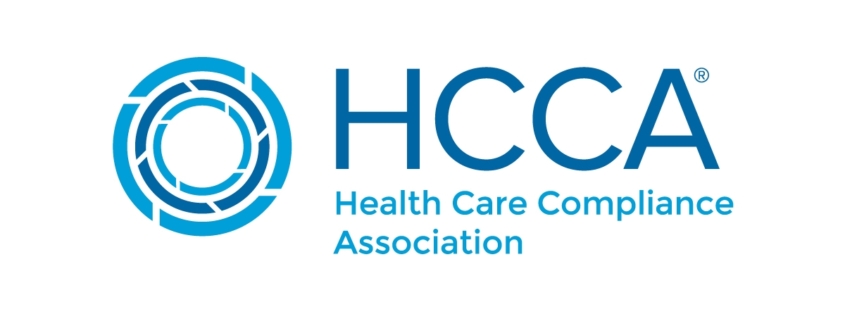Google Pixel 4 & 4 XL get final update w/ February security patch
Google has updated the Pixel 4 and Pixel 4 XL for what will likely be the final time, bringing the two phones up to the February 2023 security patch.
First released in 2019, the Google Pixel 4 series received three years of monthly Android security updates and Pixel-specific improvements, including the full update to Android 13 last August. Traditionally, for flagship Pixel phones, Google releases one final update after the monthly updates expire, and the Pixel 4 is no different.
Today, side by side with the broader February 2023 update for current Pixel phones, Google rolled an update to owners of the Pixel 4, the first such update since October 2022. The update brings the security improvements of the February 2023 Android Security Bulletin, and likely not much else. Judging from the build number — which starts with “TP1A” instead of “TQ1A” — the new Pixel 4 update does not bring the improvements of Android 13 QPR1, released in December.
This likely final Pixel 4 update should be rolling out now through carriers and can also be downloaded and installed manually.
- Pixel 4: Android 13, TP1A.221005.002.B2, Feb 2023
- Pixel 4 XL: Android 13, TP1A.221005.002.B2, Feb 2023
Down the line, if the need arises, it’s possible Google may launch an additional patch for the Pixel 4 and Pixel 4 XL, as the company has done in the past. Regardless, it’s time to bid a fond farewell to a phone that dared to do things differently — with its Soli motion sensors — and the first Pixel phone to introduce face unlock support.
More on Pixel:
FTC: We use income earning auto affiliate links. More.


